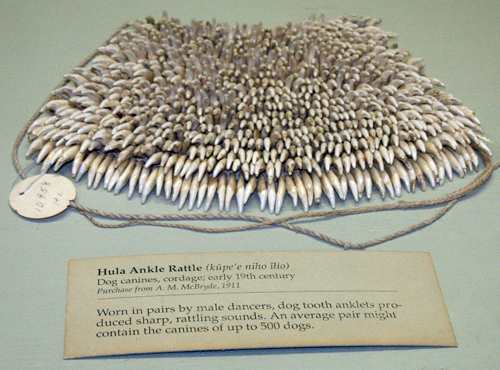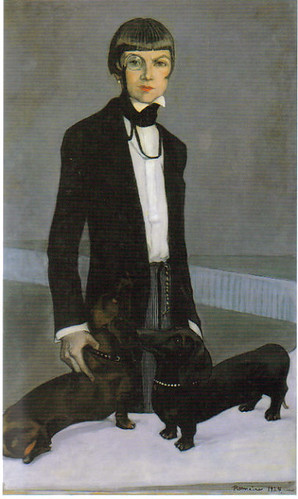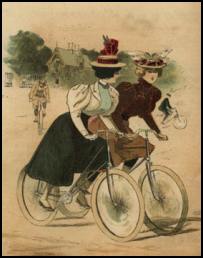
Überstylist Rachel Zoe has a thing for snake armbands, both on herself and on her A-list clients. Why? Because they work. The golden coils sit just above the elbow (here belonging to Keira Knightley), drawing attention to toned, well-tanned arms.
It's a a true glamour goddess look, and no wonder, since the image of a serpent slithering up a bicep is ancient and rich with allusion--to women's credulity (Eve), sorcery over the animal kingdom (the charmers of Knossos), and dramatic employ of a lethal accessory when the circumstances demand (Cleopatra).
 But most interesting in this context, I think, is the age-old association of snake armbands with enslavement (note how the coils of the bracelet mimic a rough grasp on the arm). British painter John William Godward's With Violets Wreathed and Robes of Saffron Hue is a hopelessly over-romanticized view of a young lady kept in sexual captivity.
But most interesting in this context, I think, is the age-old association of snake armbands with enslavement (note how the coils of the bracelet mimic a rough grasp on the arm). British painter John William Godward's With Violets Wreathed and Robes of Saffron Hue is a hopelessly over-romanticized view of a young lady kept in sexual captivity.I'd always thought that the idea of a snake bracelet signaling enslavement was more myth than fact, until I read this description of one of the ancient victims of the volcano at Pompeii, in the Smithsonian Magazine:
"In a small room at an inn on the southern outskirts of Pompeii, a woman of about 30 died wearing two heavy gold armbands, a ring and a gold chain. Roman jewelry was rarely inscribed, but inside one of her armbands, shaped like a coiled snake, are the words: DOM(I)NUS ANCILLAE SUAE, “From the master to his slave-girl.”
Preserved in ash for all eternity . . . a piece of jewelry that lives up to its own myths.













































